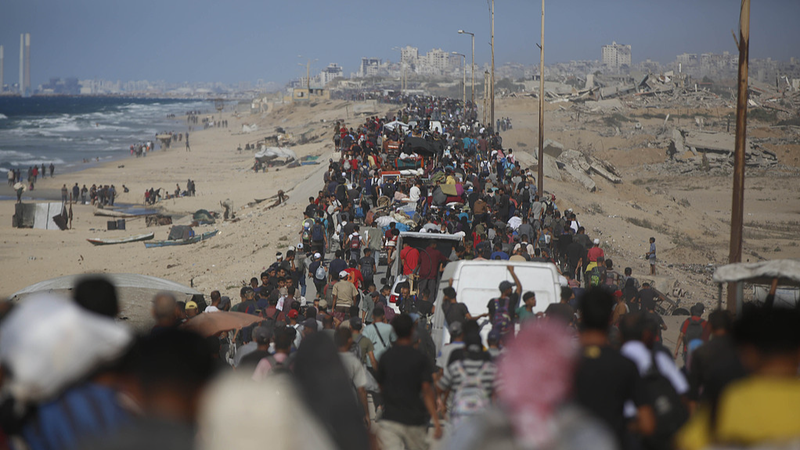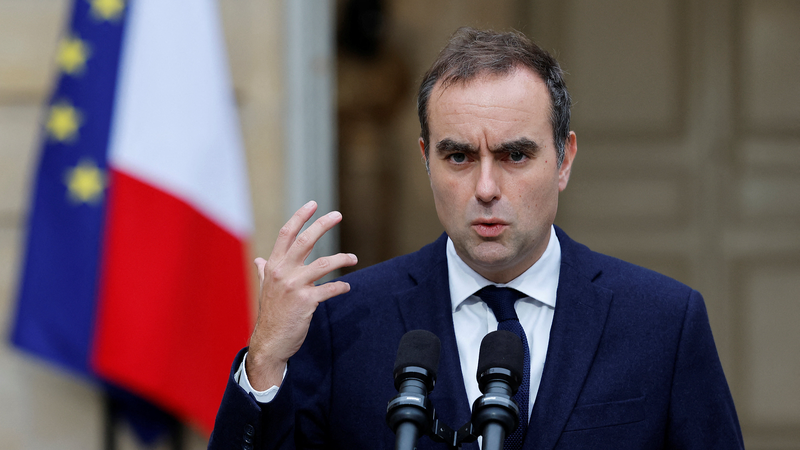After three years of global talks, the WHO has formally adopted a landmark Pandemic Agreement aimed at preventing, preparing for, and responding to the next global health crisis. This science-driven pact could redefine how we face emerging infectious threats.
At the heart of the deal is the One Health approach, which recognizes the link between human, animal, and environmental health. By expanding surveillance at this crucial interface, experts hope to spot virus threats before they spill over to people, strengthening early detection and control.
A key innovation is the Pathogen Access and Benefit-Sharing (PABS) system – a digital platform for rapid exchange of pathogen samples and genomic data. This data-driven tool can accelerate vaccine and treatment development when every hour counts.
With a call for an always-on R&D infrastructure, the agreement pushes for ready-to-scale labs, networks, and trial sites worldwide. It also seeks to boost manufacturing capacity in low and middle income regions, ensuring a fairer global distribution of vaccines and therapies.
While technology transfers remain voluntary, the pact encourages sharing know-how on mutually agreed terms. This compromise paves the way for regional production hubs coordinated by the WHO, strengthening local readiness and resilience.
Experts say the agreement's success will depend on sustained funding, clear political will, and thorough implementation. For a generation shaped by pandemics, this treaty offers a science-forward roadmap to safeguard our shared future.
Reference(s):
WHO Pandemic Agreement forges science-driven path to preparedness
cgtn.com




